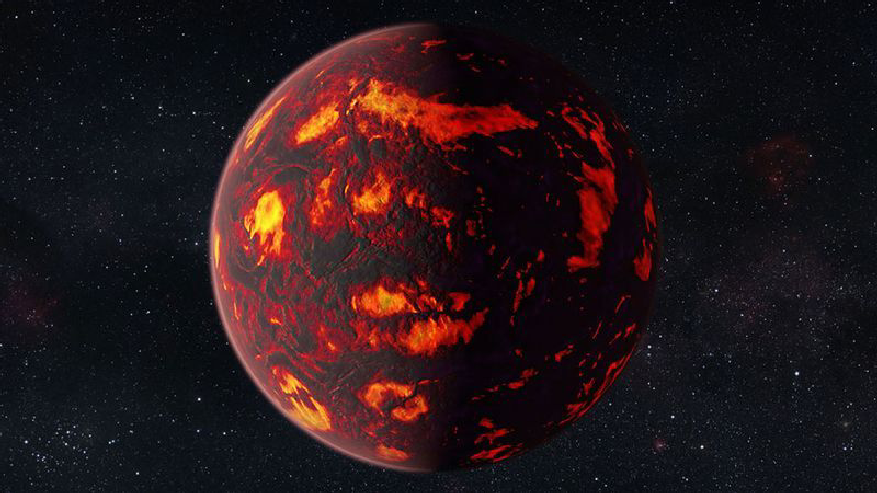Planet 60 Times Bigger Than Earth Discovered

Researchers have discovered a new five-billion-year-old planet that is 60 times bigger than Earth using data from the space agency’s world hunting mission called the Transiting Exoplanet Survey Satellite (TESS)
The huge planet, named TOI-197.0 and dubbed “hot Saturn” because of its size and heat, is “one of the best described exoplanets of this type to date,” according to researchers at Aarhus University, Denmark, who led the international study.
The gas planet orbits much closer to its star than Saturn does our sun, which explains the hot climate, and so has a ‘year’ of only 14 days.
Research also shows the planet has a density of only 1/13 of that on Earth, and is approximately 60 times the mass of our planet.
The planet, described in a paper that will be published in The Astronomical Journal, was discovered by studying seismic waves called starquakes in stars where the brightness appears to shift, this indicates an orbiting planet.
The asteroseismologists, stellar astronomers who study seismic waves, said it’s rare to have such precise information about a far-away planet, but the clear seismic waves around the star allow astronomers to determine factors like size, age, and mass.
TESS was launched in April and is hunting for worlds in an area in space called the Goldilocks zone, where conditions are warm enough to allow water which is the foundation of life.
Aarhus University Denmark Study (PDF)
TESS Website
https://youtu.be/Q4KjvPIbgMI
Thanks to: https://www.paranormalcrucible.com

Researchers have discovered a new five-billion-year-old planet that is 60 times bigger than Earth using data from the space agency’s world hunting mission called the Transiting Exoplanet Survey Satellite (TESS)
The huge planet, named TOI-197.0 and dubbed “hot Saturn” because of its size and heat, is “one of the best described exoplanets of this type to date,” according to researchers at Aarhus University, Denmark, who led the international study.
The gas planet orbits much closer to its star than Saturn does our sun, which explains the hot climate, and so has a ‘year’ of only 14 days.
Research also shows the planet has a density of only 1/13 of that on Earth, and is approximately 60 times the mass of our planet.
The planet, described in a paper that will be published in The Astronomical Journal, was discovered by studying seismic waves called starquakes in stars where the brightness appears to shift, this indicates an orbiting planet.
The asteroseismologists, stellar astronomers who study seismic waves, said it’s rare to have such precise information about a far-away planet, but the clear seismic waves around the star allow astronomers to determine factors like size, age, and mass.
TESS was launched in April and is hunting for worlds in an area in space called the Goldilocks zone, where conditions are warm enough to allow water which is the foundation of life.
Aarhus University Denmark Study (PDF)
TESS Website
https://youtu.be/Q4KjvPIbgMI
Thanks to: https://www.paranormalcrucible.com






 Sat Mar 23, 2024 11:33 pm by globalturbo
Sat Mar 23, 2024 11:33 pm by globalturbo

